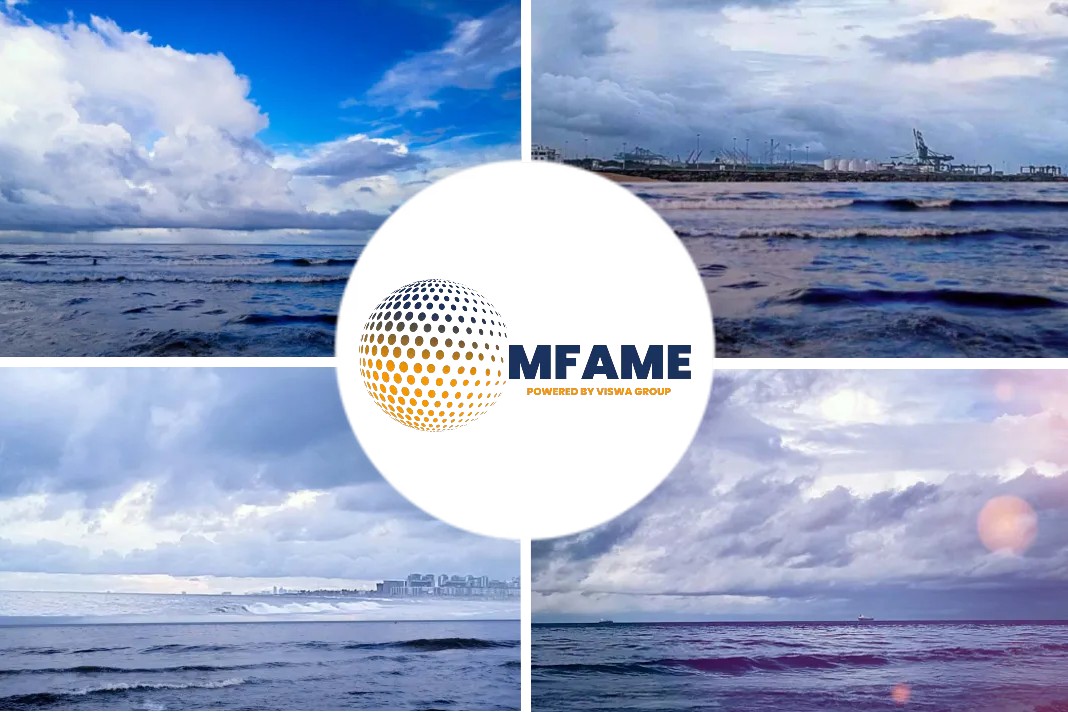
- Reductions of 20 per cent (from a 2008 baseline), striving for 30 per cent, by 2030
reductions of 70 per cent, striving for 80 per cent, by 2040 net-zero emissions “by or around, i.e. close to” 2050. - A mandatory universal emissions levy proposed by the Marshall Islands and the Solomon Islands faced strong opposition from countries like China, Brazil, and Argentina, fearing its impact on their exports.
- Many small island developing states and least developed countries backed an emissions levy, considering it the most environmentally effective complement to a fuel standard.
A revised strategy to reduce global shipping emissions has emerged from two weeks of intense talks in London. It marks a significant increase in the industry’s climate ambition. The revised strategy has been criticised for not being ambitious enough.
Edging closer to limiting warming to 1.5 degrees
Celsius Global shipping emissions rank within the top 10 countries for emissions. The industry should do its fair share in keeping global warming below 1.5 degrees Celsius.The revised strategy was negotiated at the London headquarters of the International Maritime Organization (IMO), the United Nations agency that regulates shipping.Backed by the Science-Based Targets initiative, several Pacific Island states, New Zealand, the US, the UK and Canada had proposed emission cuts of at least 37 per cent by 2030, 96 per cent by 2040 and to absolute zero by 2050. (An initial strategy adopted in 2018 aimed to reduce shipping emissions by at least 50 per cent by 2050.) Shipping volumes have grown by more than 50 per cent since 2008, with further growth expected. Increasing numbers of ships mean average emission reductions per ship will need to be 54-60 per cent by 2030 and 86-91 per cent by 2040. Climate Action Tracker’s most recent analysis concluded the “highly insufficient” initial strategy put shipping on a pathway consistent with 3-4 degrees Celsius of warming
Key elements
IMO member states agreed to set “well-to-wake” emission targets, covering both fuel production and combustion to ensure shipping decarbonization does not shift emissions ashore.
Decarbonization efforts are expected to drive up shipping costs. Small island developing states and least developed countries, with minimal historical responsibility for the climate crisis, call for a “just and equitable transition.” The revised strategy includes a commitment to finalize a “basket of candidate measures” encompassing technical and economic solutions. Countries with large maritime worker populations, such as the Philippines, also support this stance.
Strategy is still a work in progress. The Transition to Low-Carbon Shipping: Industry’s Clear Message. The commercial competitiveness of fossil-fuel-driven ships will rapidly dwindle, with almost a full phasing out expected by the 2040s. This transition will demand careful management of liabilities and risks for existing investments by shipping firms.
Shipping companies must formulate strategies to maximize opportunities and market share during this period of rapid change .Before member states adopt any measures, the UN Conference on Trade and Development (UNCTAD) will model their expected impacts on states.
Pressure for Higher Ambition
Pressure from Pacific Island states and increased public scrutiny compelled IMO member states to commit to higher levels of ambition than initially desired. Continued pressure will be essential to ensure that the adopted measures effectively deliver on the ambitious goals of the IMO strategy. Some countries may strongly oppose or seek to reduce the effects of measures that they believe will have “disproportionate negative impacts.”
Did you subscribe to our daily Newsletter?
It’s Free! Click here to Subscribe
Source: Newsdrum














